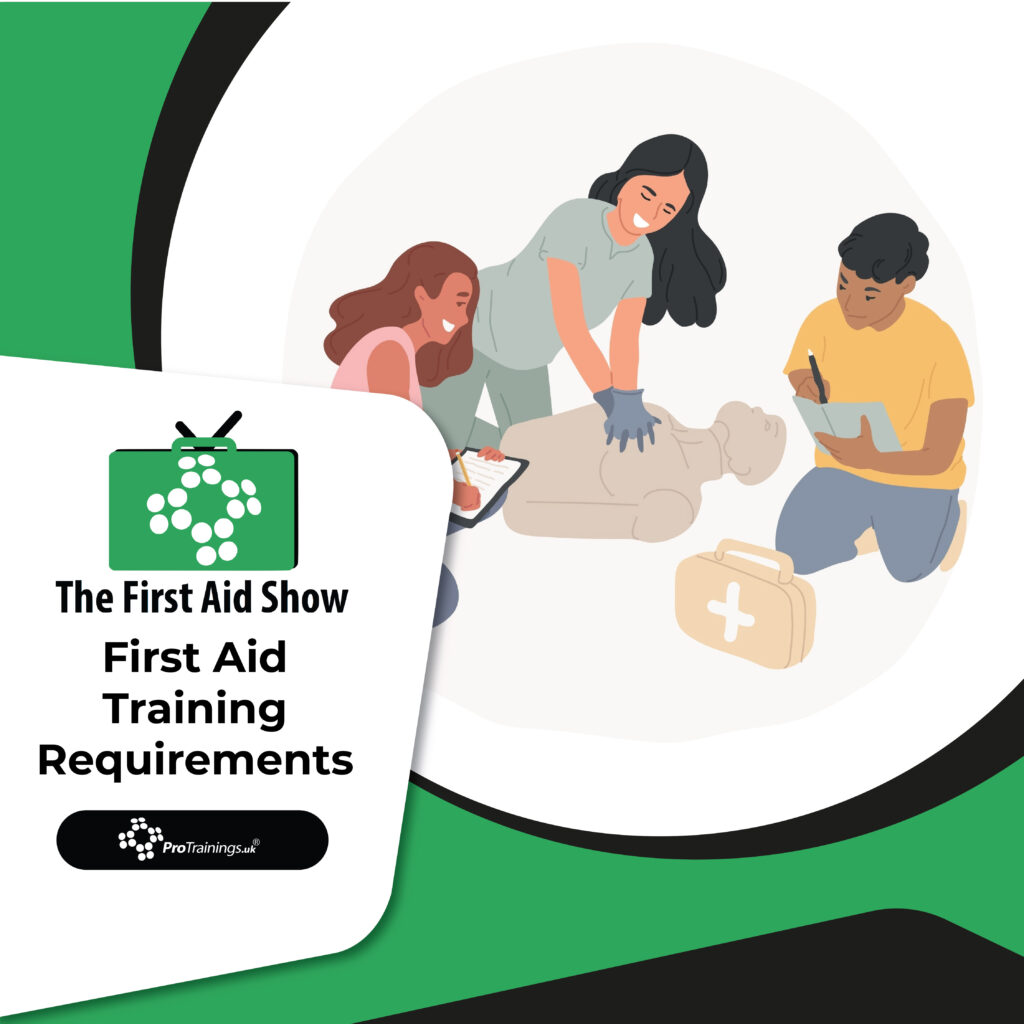Understanding First Aid Training Requirements for Workplaces
Why First Aid Training Matters
Meeting the right First Aid Training Requirements is one of the most important aspects of workplace safety. Trained first aiders act quickly and confidently in an emergency. As a result, they can save lives, reduce the severity of injuries, and provide reassurance to those in distress. Without proper training, response times slow down, and risks increase dramatically.
Training Based on Workplace Risk
The type of training needed depends heavily on the level of risk in the workplace. For example, low-risk environments such as offices or retail spaces may only require basic first aid coverage. In contrast, high-risk settings such as construction sites, warehouses, and manufacturing plants demand more advanced training. Therefore, employers must always match their training approach to the risks their teams face every day.
Main Types of First Aid Training
There are three main categories of workplace first aid training. Each serves a specific purpose and matches different levels of risk.
Appointed Person (AP) Training: In some low-risk workplaces, a fully trained first aider may not be legally required. Instead, an appointed person manages first aid arrangements. They contact emergency services, maintain first aid supplies, and record incidents. While this role requires no formal qualification, online training can improve confidence and readiness.
Emergency First Aid at Work (EFAW): This one-day course covers CPR, minor injuries, and responses to common emergencies. It suits both low- and moderate-risk workplaces. Blended training options save classroom time while still delivering essential skills.
First Aid at Work (FAW): Lasting three days, this course prepares employees for medium- to high-risk environments. It teaches advanced techniques, including managing unconscious casualties, severe bleeding, burns, and fractures. Trainees also learn how to assess a casualty’s condition and provide extended care until medical professionals arrive.
Specialist First Aid Training
In addition to the core courses, some workplaces require specialist training. AED training teaches staff how to respond to sudden cardiac arrest. Life-threatening bleeding control covers the use of tourniquets and haemostatic dressings. Paediatric first aid is essential in schools, nurseries, and childcare settings. Finally, Mental Health First Aid equips staff to support colleagues experiencing anxiety, panic attacks, or emotional crises.
Refresher Courses and Updates
Employers must also ensure that all first aiders keep their skills up to date. Certification typically lasts three years. However, annual skills refreshers are highly recommended. These updates keep knowledge current and build confidence in real emergencies.
Final Thoughts
Ultimately, meeting First Aid Training Requirements protects employees and ensures that every workplace is ready for emergencies. By selecting the right level of training, offering specialist courses where needed, and keeping skills refreshed, employers create safer environments. Prepared first aiders mean quicker responses, fewer complications, and greater peace of mind for everyone on site.


